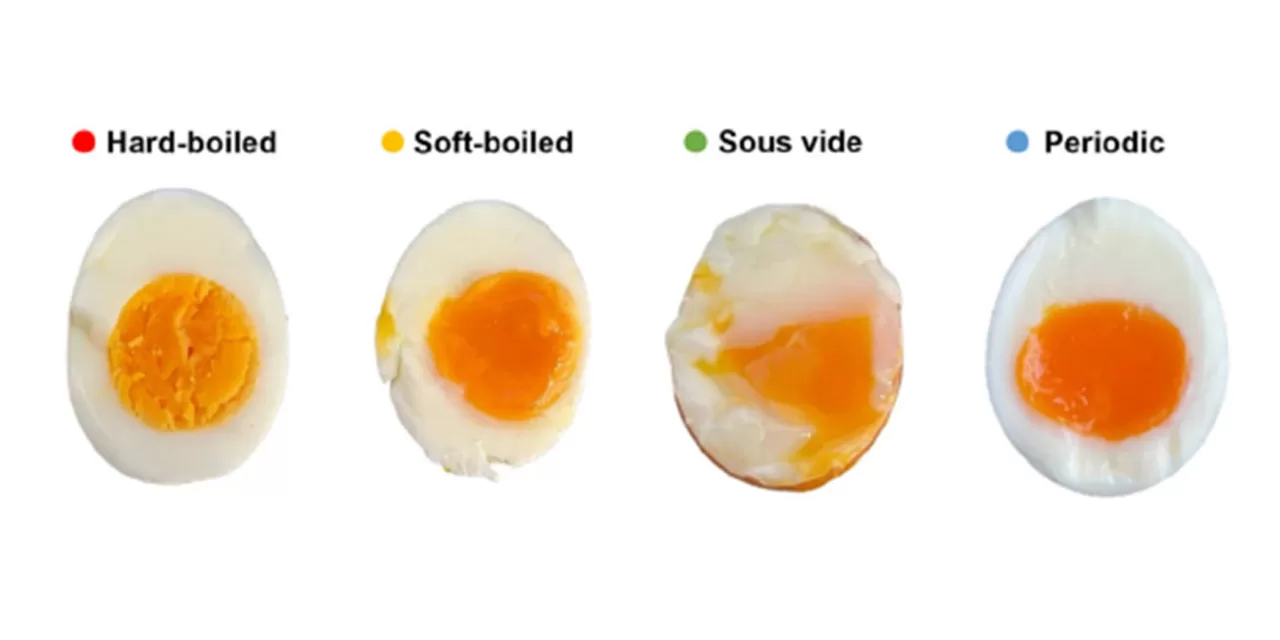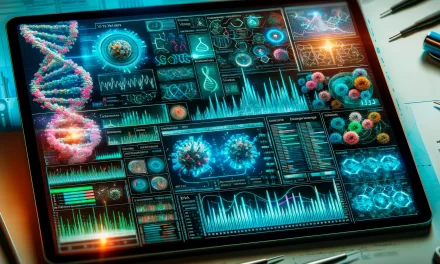Cooking the perfect boiled egg has long been a challenge for food lovers, but scientists say they have finally cracked the secret. Researchers have developed a precise method that ensures a velvety yolk and a soft yet solid white—achieving the ideal balance that often proves elusive.
The Science Behind the Perfect Egg
Boiling an egg to perfection is tricky because the yolk and the white cook at different temperatures. Overcooking leads to a dry, chalky yolk, while undercooking results in jelly-like whites. To address this, researchers conducted extensive experiments, cooking hundreds of eggs and applying mathematical models to understand how heat affects their internal structure.
Their method, called “periodic cooking,” involves moving eggs between two bowls of water—one at boiling temperature and the other at 86 degrees Fahrenheit (30 degrees Celsius)—every two minutes for a total of 32 minutes. The final step involves cooling the eggs under running water before peeling. This process ensures that the whites set gradually while the yolk remains creamy and spreadable.
A New Take on an Old Classic
To validate their findings, researchers tested the chemical properties of the cooked eggs and had a panel of tasters compare them with traditionally boiled eggs. The results confirmed that the new method enhances both texture and taste.
While this technique requires more time and effort than a standard hard-boiled egg, experts believe the improved texture makes it worthwhile. “This is a slower process to get a better outcome,” said food scientist Joanne Slavin from the University of Minnesota, who was not involved in the study.
The research, led by Emilia Di Lorenzo from the University of Naples Federico II, was published in Communications Engineering and adds a new dimension to culinary science.
Disclaimer: This article is based on scientific research and expert opinions. Individual results may vary, and readers are encouraged to experiment with the method to suit their personal preferences.












